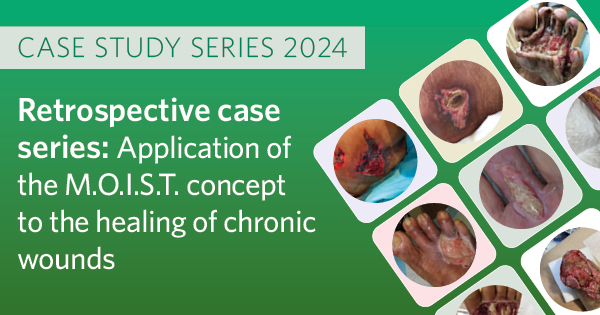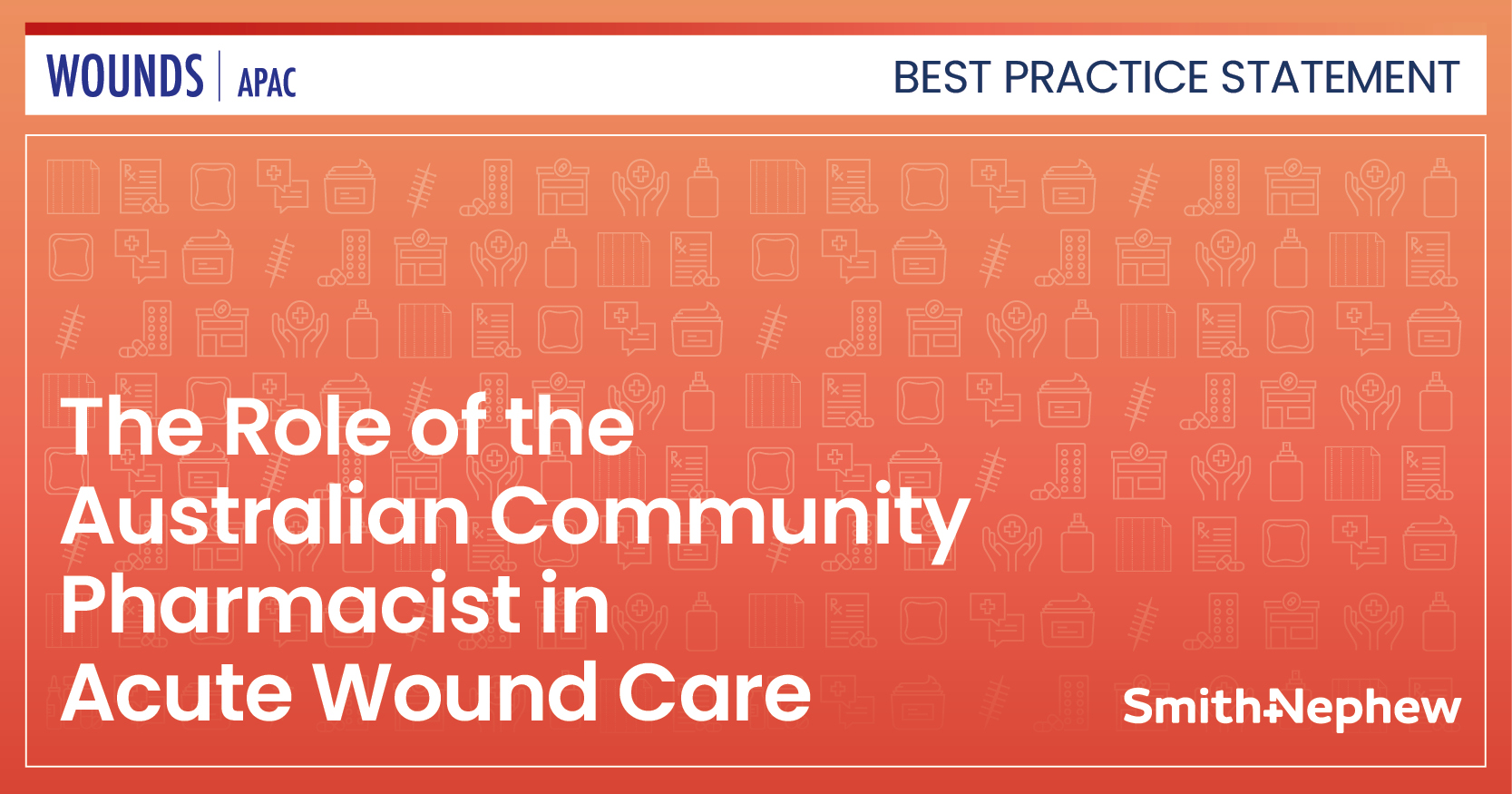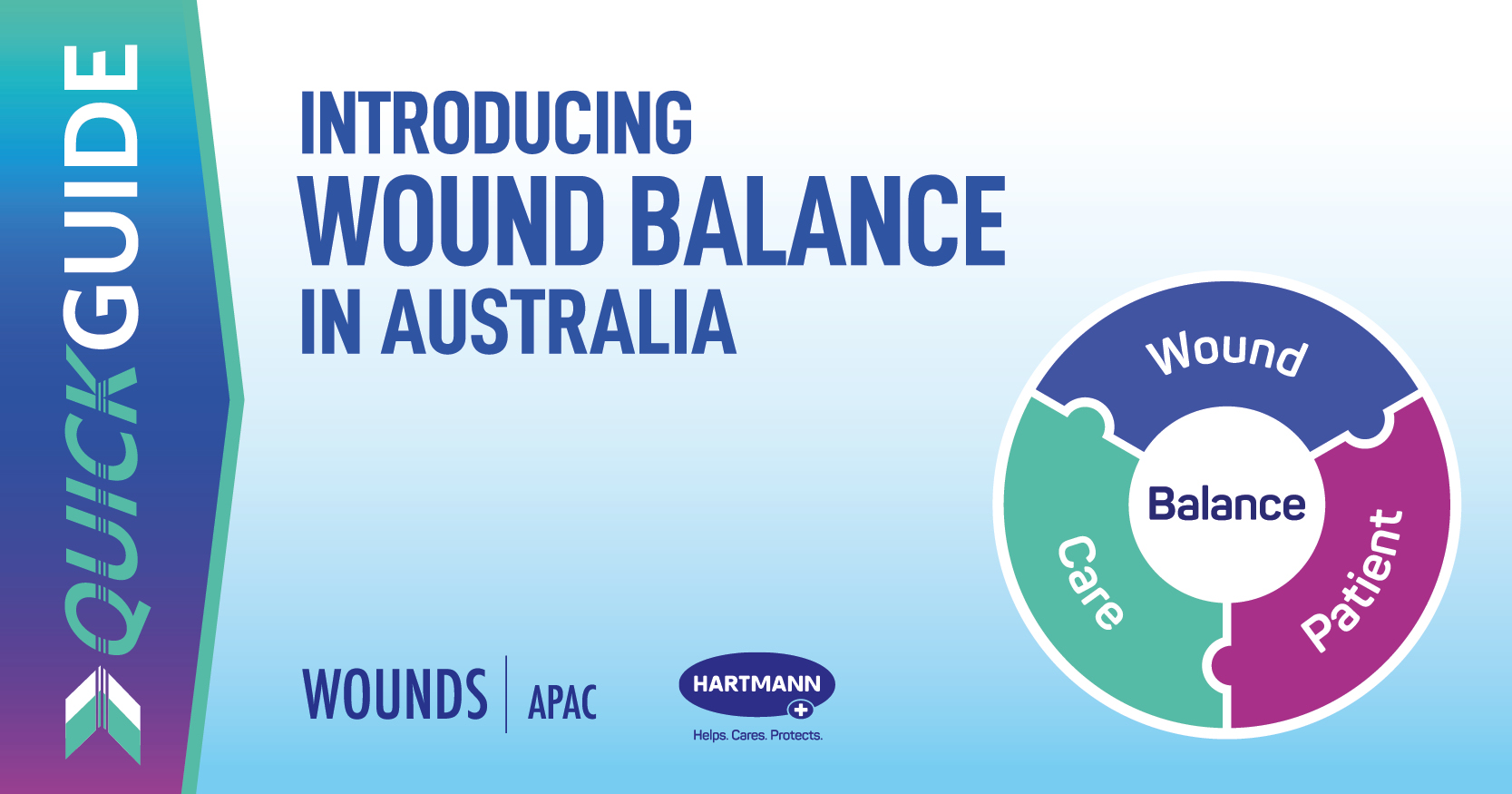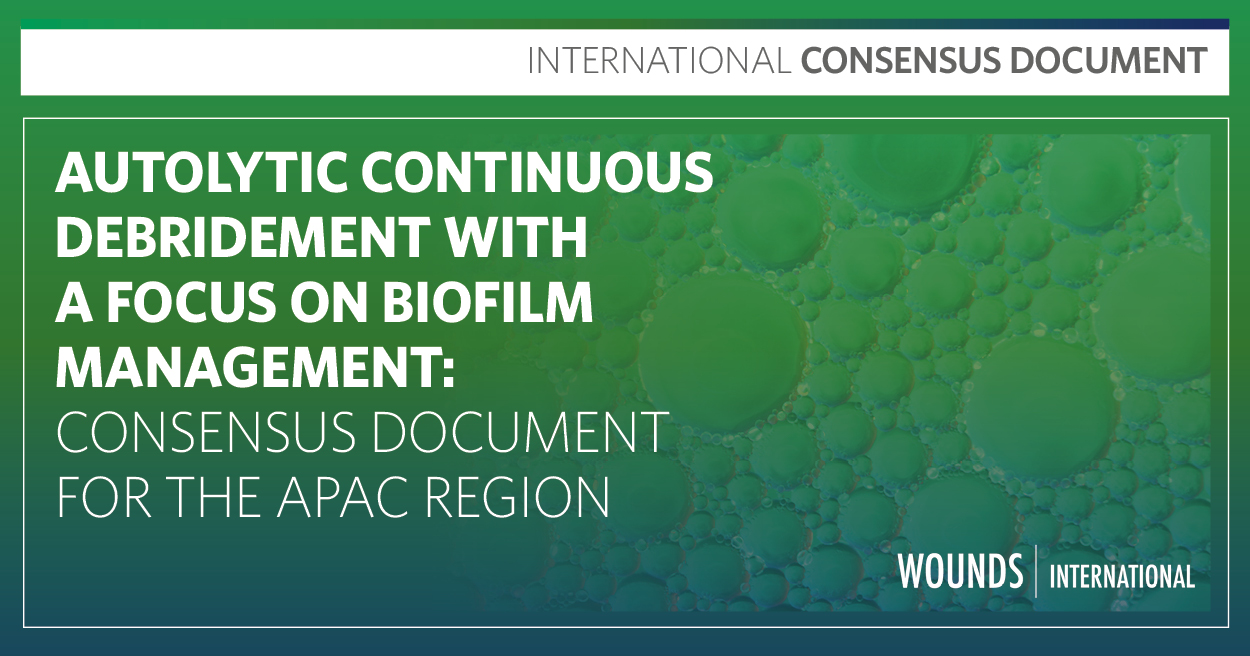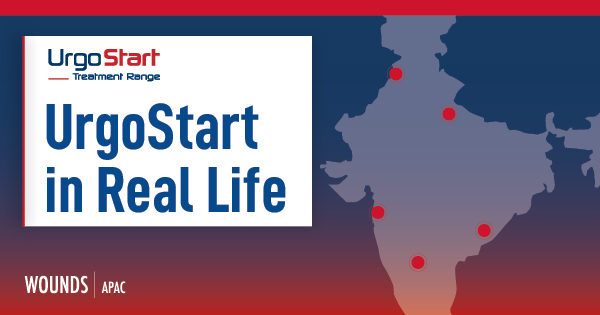M.O.I.S.T. (Moisture balance, Oxygen balance, Infection control, Supporting strategies and Tissue management) is an educational model that has been created to support healthcare practitioners in the systematic planning and delivery of topical treatment of chronic wounds. It extends beyond the principles of T.I.M.E. (Tissue management, Infection control, Moisture balance and Epithelial (or Edge) advancement; Schultz et al, 2003; 2004) by incorporating Oxygen balance and Supporting strategies. The concept was developed in 2017 by the WundD.A.CH expert group, an umbrella group for German-speaking organisations in the field of chronic wound management (Dissemond et al, 2022; Box 1).
How does the M.O.I.S.T. concept work?
The M.O.I.S.T. concept has been created as a reference tool to guide and support healthcare practitioners in identifying suitable management goals and treatment options for patients presenting with a chronic wound in clinical practice. To facilitate the appropriate application of the M.O.I.S.T. concept, it is encouraged that clinicians conduct a systematic and holistic wound assessment using tools like HEIDI (History, Examination, Investigation, Diagnosis and Implementation; Harding et al, 2007; Dissemond et al, 2022). Following a systematic and holistic assessment of the patient to diagnose the aetiology of the wound and identify patient-related factors impacting the wound, practitioners can use the M.O.I.S.T. acronym to identify suitable management goals and treatment options. The elements of M.O.I.S.T. are not intended to be reviewed in a specific order; instead, the elements should be considered in the order determined by the healthcare practitioner to be the most appropriate.
Table 1 summarises the goals, assessments and evidence-based treatments associated with each of the five factors included within the M.O.I.S.T. concept. The outcome of treatment and the patient’s expectations should be discussed and defined at the start of treatment, and they should be reassessed on a regular basis as expectations change. Validated clinical rating tools should be used to track clinical outcomes over time, such as wound size/volume reduction and percentage of tissue types in the wound bed. Additionally, patient-related outcomes, such as treatment satisfaction and pain levels, should be considered and documented.
Local wound care should also be included as part of holistic patient care. If the patient is malnourished, their nutritional needs should be addressed. If poor oxygenation is due to a respiratory disease, low haemoglobin levels or another cause, management of the underlying condition should be reviewed and optimised. Offloading (for diabetic foot ulcers) and compression therapy (for venous leg ulcers) should be implemented when appropriate.
Application in clinical practice
In 2022, a group of practitioners met to discuss how the M.O.I.S.T. concept could be applied in clinical practice and how it could best be implemented and delivered to enhance wound care in the Asia-Pacific region (Dissemond et al, 2022). It was hoped that the M.O.I.S.T. concept could address some gaps and challenges identified in the Asia-Pacific region, including (Dissemond et al, 2022):
- Lack of internationally standardised care
- A focus on local rather than holistic wound care
- Insufficient staff knowledge
- High chronic infection rates
- Limited shared decision-making or care between healthcare practitioners and patients.
Therefore, a treatment algorithm was developed to support the implementation of the M.O.I.S.T. concept in practice [Figure 1]. The M.O.I.S.T. concept and algorithm can be used as a reference by specialist wound care practitioners. It can also aid in educating and guiding nurses, doctors and other allied healthcare professionals in their decision-making processes. It should be referred to throughout the patient’s treatment journey, as factors that influence healing may change over time and progression towards healing can stall.
Conclusion
This retrospective case study series provides examples of how the M.O.I.S.T. concept has been successfully applied in the treatment of chronic wounds by Asia-Pacific-based healthcare practitioners. It covers a range of chronic wounds, including foot wounds in people with diabetes, surgical wounds, pressure ulcers and third-degree burns.
Many of the wounds covered in this case study series were infected and a number of patients were at risk of amputation when they initially presented for treatment. However, with the application of the M.O.I.S.T. concept to identify and optimise factors affecting individual wounds, all wounds showed good progress toward healing or achieved complete healing.
Download the full PDF below to see the case studies.

